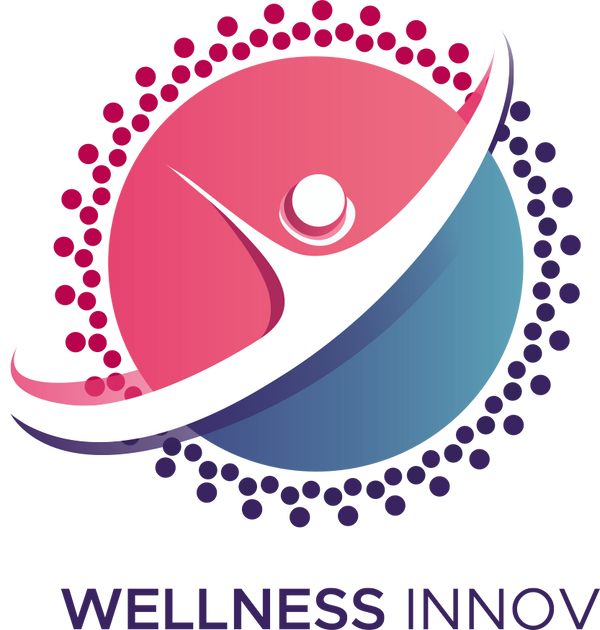This article highlights a groundbreaking systematic review and meta-analysis published in BMJ Open, investigating the impact of water aerobics (WAs) on body composition in overweight and obese individuals. Analyzing data from 10 studies involving 286 participants aged 20–70 across multiple countries, the research reveals that 12 weeks of water aerobics significantly reduces body weight (average -2.69 kg) and waist circumference (average -2.75 cm). Subgroup analyses show more pronounced effects in women and middle-aged to older adults, emphasizing water aerobics as a joint-friendly, effective exercise for targeted populations.
For decades, "eat less, move more" has been the mantra for weight management. However, traditional land-based exercises like running, jumping, or high-intensity interval training (HIIT) often pose challenges for overweight individuals, particularly due to joint stress. Knees ache, joints protest, and the fear of injury often discourages even the most motivated learners—until now.
A recent study in BMJ Open offers a promising solution: water aerobics. This low-impact exercise, encompassing activities like aquatic aerobics, water walking, and underwater jogging, has emerged as a game-changer for those seeking effective weight loss without compromising joint health.
The research, a comprehensive systematic review and meta-analysis, evaluated 10 randomized controlled trials (RCTs)—the gold standard of clinical research—Involving 286 participants (BMI ≥25 kg/m²) from diverse backgrounds (Malaysia, Brazil, India, the U.S., and the Netherlands). Participants were divided into two groups:
- Water Aerobics (WA) Group: Engaged in 2–3 weekly sessions of water-based activities (e.g., water yoga, aqua dance, underwater treadmill training) lasting 25–70 minutes, for 6–12 weeks.
- Control Group: Either remained sedentary or performed land-based exercises.
Researchers measured key body composition metrics: weight, body fat percentage (PBF), waist circumference (WC), hip circumference (HC), and more, using advanced equipment to ensure accuracy.
Figure 1. Preferred Reporting Items for Systematic Reviews and Meta-Analyses (PRISMA) flow diagram.
Figure 2. Risk of bias.
The findings were striking: Compared to controls, the WA group experienced significant improvements in weight loss and waist circumference reduction:
- Weight: Average decrease of 2.69 kg (95% CI = -4.10 to -1.27, p<0.05), with no heterogeneity among studies (I²=0.0%).
- Waist Circumference: Average reduction of 2.75 cm (95% CI = -4.41 to -1.09, p<0.05), indicating effective reduction of abdominal fat—a key marker of metabolic health.



Table 1: Subgroup analysis of anthropometric measures during water aerobics
Other metrics like body fat percentage, BMI, and lean body mass showed trends toward improvement but lacked statistical significance, possibly due to variability in study populations and methods (e.g., high heterogeneity in PBF analysis, I²=93.6%).
1. Duration Matters: The Power of Long-Term Commitment
- Participants who exercised for >10 weeks (12 weeks) lost 3.31 kg on average (vs. no significant change in short-term trials), highlighting the need for consistency to sustain fat metabolism.
2. Gender Differences: Women Reap Greater Rewards
- Female participants lost 2.90 kg on average (p<0.05), potentially linked to hormonal factors and typical female fat distribution patterns. Male results were non-significant, likely due to smaller sample sizes.
3. Age Factor: Older Adults Thrive in Water
- Adults aged ≥45 years lost 2.85 kg and reduced waist circumference by 3.03 cm, outperforming younger groups. Water’s buoyancy protects aging joints while its resistance builds muscle and cardiovascular fitness, countering age-related metabolic slowdown.
Water’s unique properties make it an ideal exercise medium:
- Buoyancy: Reduces joint load by up to 90%, making it suitable for overweight individuals and older adults.
- Resistance: Water creates natural resistance, enhancing muscle engagement and calorie burn without impact.
- Cardiovascular Benefits: Sustained movement in water elevates heart rate, improving stamina and metabolic rate over time.

While no single exercise guarantees universal weight loss, water aerobics offers a compelling option for those prioritizing joint health and long-term sustainability. The evidence is clear: 12+ weeks of consistent water aerobics can significantly reduce weight and abdominal fat, with women and older adults experiencing amplified benefits.
So, if land-based workouts have left you sidelined, consider diving into water aerobics. As this study suggests, the pool might just be the key to unlocking your healthiest self—one splash at a time.
References:
Ding, Z., Gao, Z., Zhou, H., et al. (2025). Effects of water aerobics on body composition in obesity and overweight people: a systematic review and meta-analysis. BMJ Open, 15(5), e091743. doi:10.1136/bmjopen-2024-091743.








